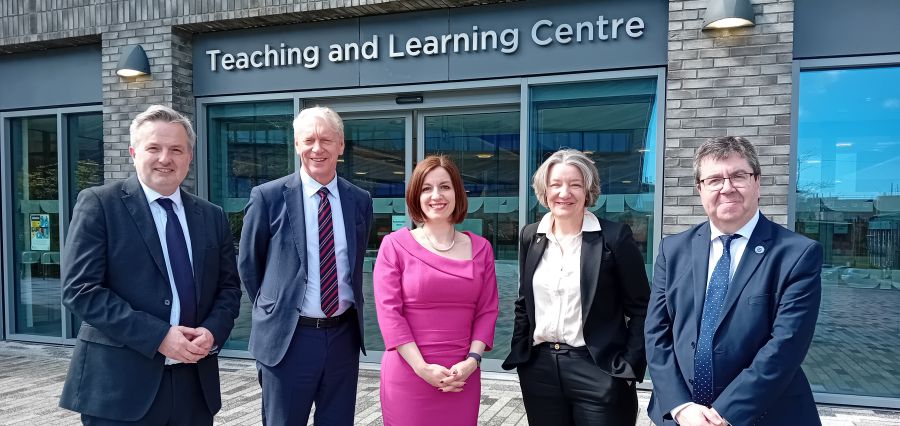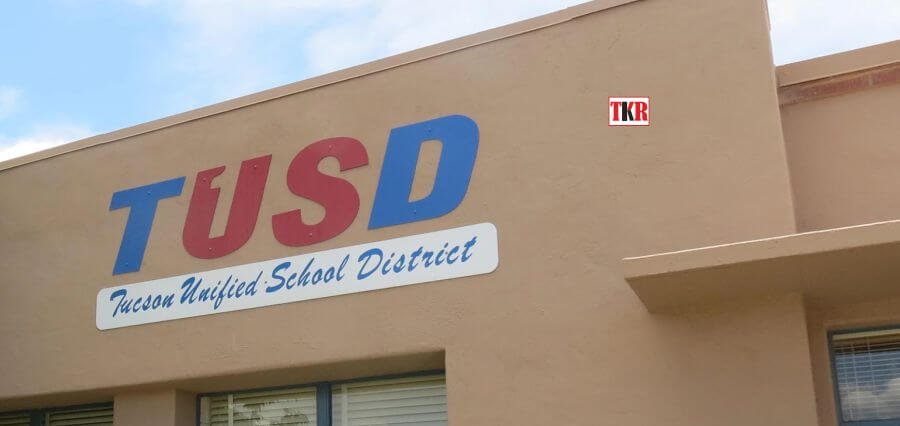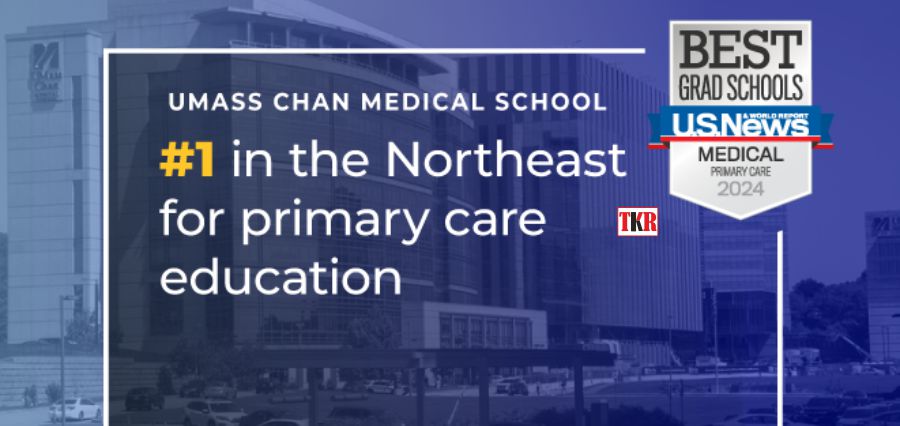Group Purchasing Organizations (GPOs) are powerful tools used across various industries to help organizations achieve cost savings by harnessing the collective buying power of their members. While GPOs have traditionally been associated with sectors like healthcare, hospitality, food service, electrical, plumbing, nonprofit, and industrial manufacturing, they also offer significant benefits to educational institutions. In this article, we will explore how educational organizations can leverage GPOs to optimize their procurement processes, reduce expenses, and enhance overall efficiency.
The Role of GPOs in Education
Educational institutions, ranging from K-12 schools to colleges and universities, face constant budget constraints and the challenge of managing resources effectively. This includes procuring a wide range of goods and services, from classroom supplies and maintenance equipment to technology solutions and facility management services. Here’s how GPOs can assist educational organizations in achieving substantial cost savings:
- Economies of Scale:
One of the primary advantages of GPOs is the ability to leverage the collective buying power of multiple member organizations. By pooling their purchasing needs, institutions establish specialized education cooperative contracts that deliver significant economies of scale. GPOs negotiate bulk purchase agreements with suppliers, resulting in lower per-unit costs for members. This can lead to significant savings on essential supplies, equipment, and services.
- Supplier Relationships:
Established GPOs often have established relationships with a wide network of suppliers across various industries. These relationships can be invaluable for educational organizations looking to access a diverse range of products and services at competitive prices. GPOs can provide a streamlined procurement process, making it easier for schools and colleges to acquire the items they need promptly.
- Cost Reduction:
GPOs focus on optimizing procurement processes and driving down costs. They employ dedicated teams of experts who negotiate pricing, terms, and conditions with suppliers. This enables educational organizations to access goods and services at prices that they may not have been able to achieve independently. Cost reduction through GPOs can free up budgetary resources for other critical initiatives, such as improving curriculum and facilities.
- Time Savings:
Efficiency in procurement is essential for educational institutions, especially when they are dealing with limited resources. GPOs simplify the procurement process by providing pre-negotiated contracts and streamlined purchasing procedures. This allows educational organizations to save valuable time and resources that can be redirected towards core educational activities.
- Access to Specialized Suppliers:
GPOs often have access to a broad network of specialized suppliers that cater specifically to the needs of educational institutions. Whether it’s classroom technology, laboratory equipment, or furniture for school facilities, GPOs can connect educational organizations with suppliers who understand the unique requirements of the education sector.
- Compliance and Transparency:
GPOs help ensure compliance with procurement regulations and industry standards. They provide transparency in pricing and terms, which is crucial for educational organizations that often face scrutiny from government agencies, auditors, and stakeholders. GPOs can assist in maintaining the highest level of accountability and transparency in procurement processes.
- Sustainability Initiatives:
Many GPOs are increasingly focused on sustainability and environmentally responsible sourcing. Educational organizations can align their procurement efforts with eco-friendly practices by leveraging GPOs that have sustainability initiatives in place. This not only reduces the environmental impact but also supports the development of socially responsible procurement strategies.
Case Study: A Successful GPO Implementation in Education
To illustrate the benefits of GPOs in the education sector, let’s consider a hypothetical case study of a medium-sized school district that decided to collaborate with a GPO.
The Challenge: The school district was facing budget constraints, and its procurement processes were fragmented and inefficient. The lack of bargaining power resulted in higher prices for essential classroom supplies, maintenance services, and technology equipment.
The Solution: The school district decided to partner with a GPO specializing in educational institutions. The GPO conducted a thorough assessment of the district’s procurement needs, negotiated contracts with suppliers, and streamlined the purchasing process. Key benefits included:
- Reduced Costs: The GPO’s negotiations led to a 20% reduction in the cost of classroom supplies, resulting in annual savings of $50,000.
- Time Savings: With a more efficient procurement process, the district saved an estimated 200 hours annually in administrative time.
- Access to Quality Suppliers: The GPO connected the district with reputable suppliers specializing in educational products, ensuring high-quality purchases.
- Compliance and Transparency: The district’s procurement practices became more transparent, enhancing accountability and reducing the risk of non-compliance with regulations.
Educational organizations, from K-12 schools to colleges and universities, can reap substantial benefits by harnessing the power of GPOs. These organizations offer a proven pathway to reduce costs, improve efficiency, and streamline procurement processes. By partnering with GPOs, educational institutions can redirect resources toward their core mission of providing high-quality education to students while ensuring responsible stewardship of taxpayer dollars. In an era of tightening budgets, leveraging GPOs is a strategic move that empowers educational organizations to thrive in an increasingly competitive environment.









